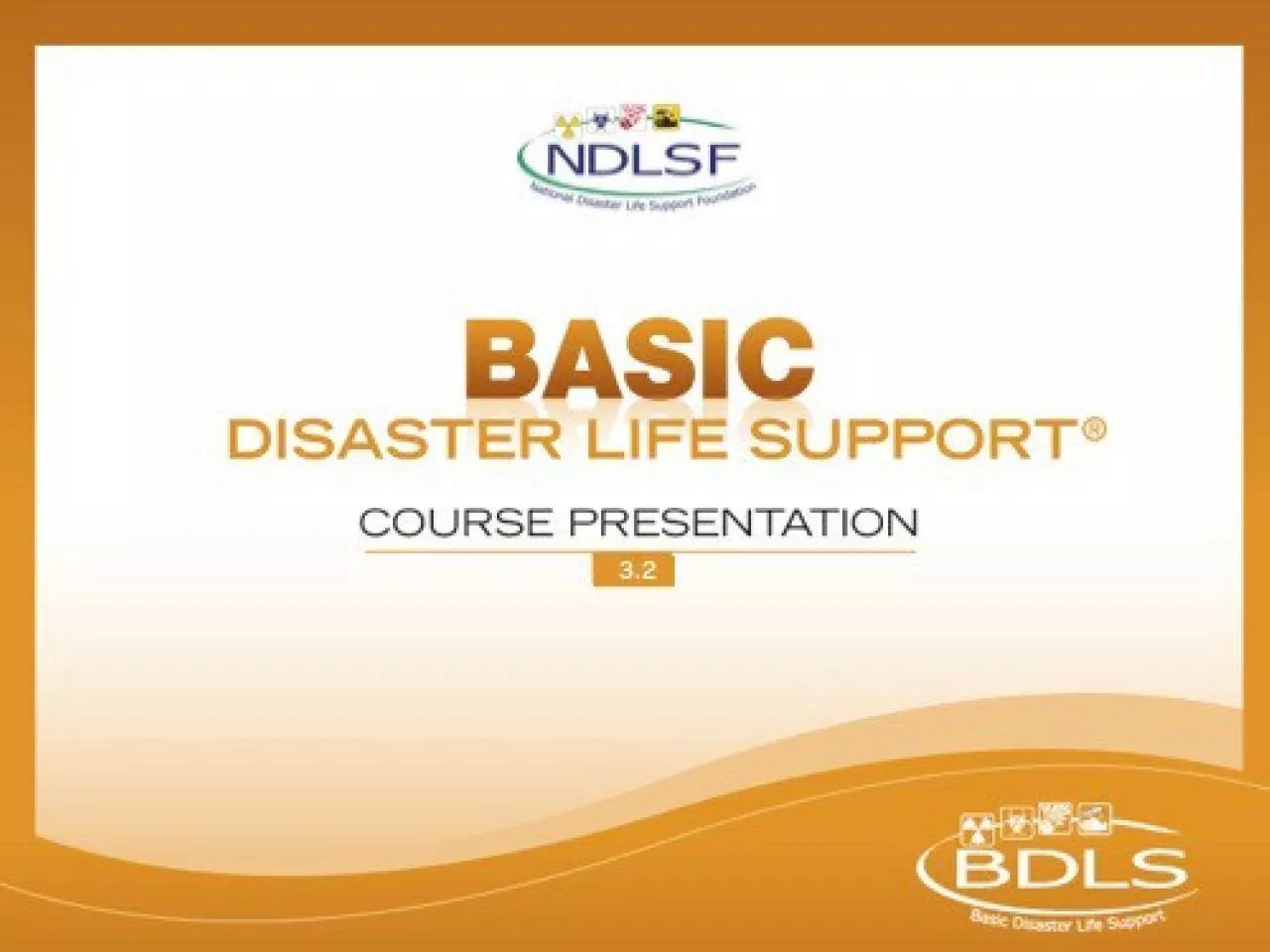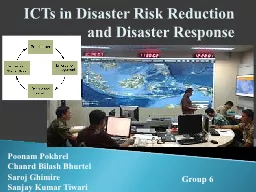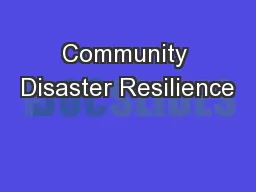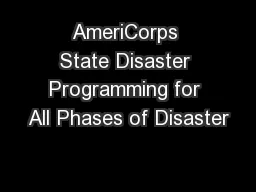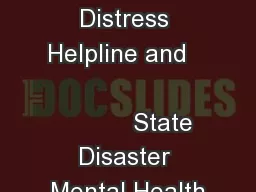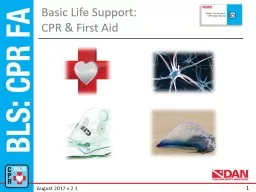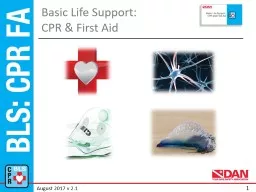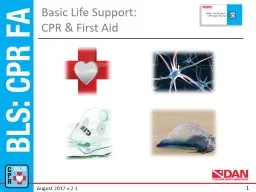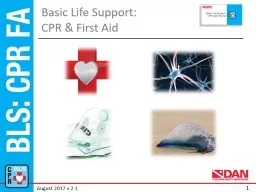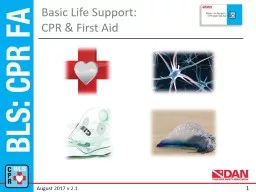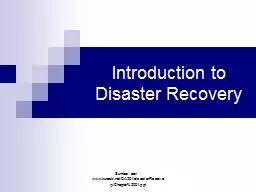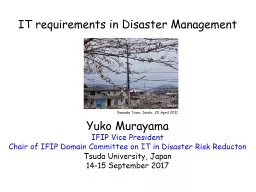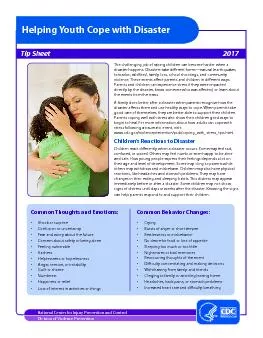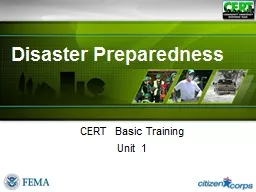PPT-Introduction Basic Disaster Life Support™
Author : faith | Published Date : 2023-07-19
Course Learning Objectives Describe an allhazards standardized scalable casualty management approach for use in disasters and public health emergencies including
Presentation Embed Code
Download Presentation
Download Presentation The PPT/PDF document "Introduction Basic Disaster Life Support..." is the property of its rightful owner. Permission is granted to download and print the materials on this website for personal, non-commercial use only, and to display it on your personal computer provided you do not modify the materials and that you retain all copyright notices contained in the materials. By downloading content from our website, you accept the terms of this agreement.
Introduction Basic Disaster Life Support™: Transcript
Download Rules Of Document
"Introduction Basic Disaster Life Support™"The content belongs to its owner. You may download and print it for personal use, without modification, and keep all copyright notices. By downloading, you agree to these terms.
Related Documents

